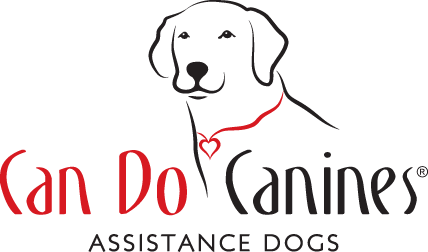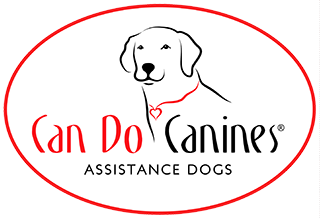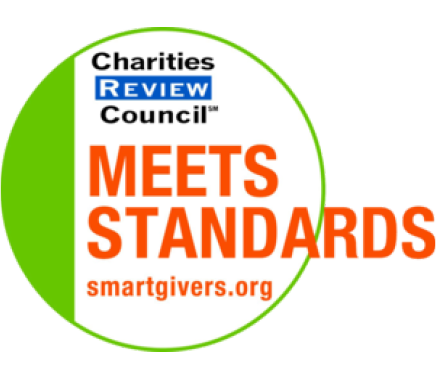
Common Cues
For a visual showing the ideal performance of each cue, click the cue name below to launch a video.
For guidance on teaching these cues, register for Can Do Canines group or one-on-one training opportunities.
Jump to sections on this page
The Basics | Positioning and Walking | Other Cues | Tricks
The Basics
Click the plus sign to expand the description and access a training video.
Name
The dog’s name equals eye contact and sustained attention within 1-2 seconds of cue. It's not a recall, but it's okay if the dog moves towards the handler.
Positioning & Walking
Other Cues
Tricks
Some Can Do Canines have learned tricks in addition to our common cues. Tricks help teach problem solving, body awareness and boost confidence, not to mention are cute and entertaining. Puppy Program has a curated list of tricks and their cues. Some tricks are not allowed due to the safety of the dog or their future client. If you would like to teach a trick, please verify that it is approved. If a program dog has learned any of these tricks while in prison or with another foster, please make sure that they only receive a reward if YOU cue the trick, never for offering it and always balance practicing tricks with the rest of their training.




